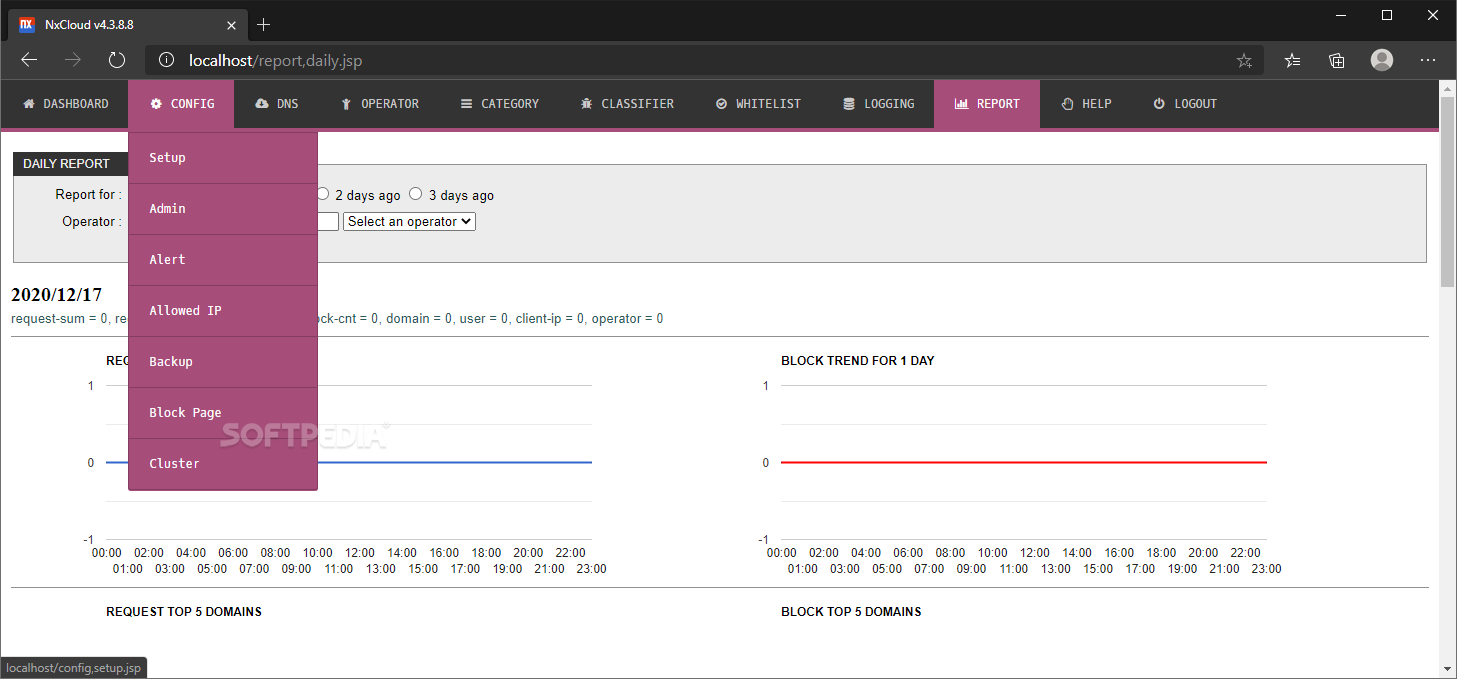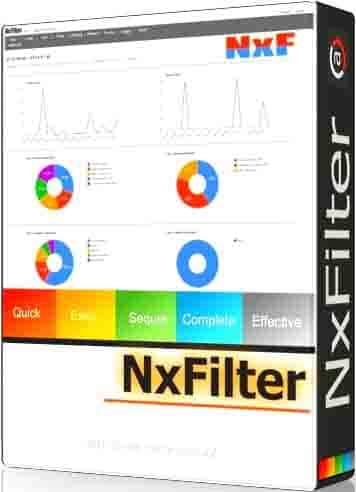

Higher security and privacy An organization can get a certain level of security from public clouds services.It is very close to the traditional LAN model, but there is another added value and its advantages: the virtualization Therefore, the features and benefits of private clouds are: What was in the past much used in every enterprise as individual local access network (LAN), now is changing for the private cloud model. In order, to lower some of these costs, cloud providers, such as VapourApps, can help to deploy private cloud infrastructures.ĭownload VapourApps Added value to the LANs: Virtualization

Just as if you owned your private data center. That may bring some additional costs for: In order to manage the private cloud an in-house IT department should be in charge, rather than a third-party cloud provider. But private clouds have some disadvantages… The public cloud also makes the organizations have direct control over their data. It’s a way to to reduce the security issues an organization may have putting its data on public cloud. Manipulating with Multiple Machines for complex computing jobs, like Big Data.īesides this, the private cloud provides hosted services to a limited number of people behind a firewall.Just as the public cloud, the private cloud covers these benefits: Therefore, these systems are not be preferred by organizations that request enhanced security, up-time stability or resources management. That provides the user with better control over their data and greater privacy, since it is accessible only by that organization.Īnd they share their infrastructure among many users and/or organizations. The Private cloud environment is well-defined and more secure which only the assigned user (organization) can utilize. The difference between the public and the private cloud is that the last is dedicated to a company or organization, whereas the public cloud may serve as many organizations as connected to it. The advantages that the private cloud brings to a company, compared to the public cloud are similar, in sense of theīut the architecture they are brought through is owned or leased by the company. Hybrid Cloud computing (a combination of the upper two).Today’s cloud computing is divided in three categories:


 0 kommentar(er)
0 kommentar(er)
